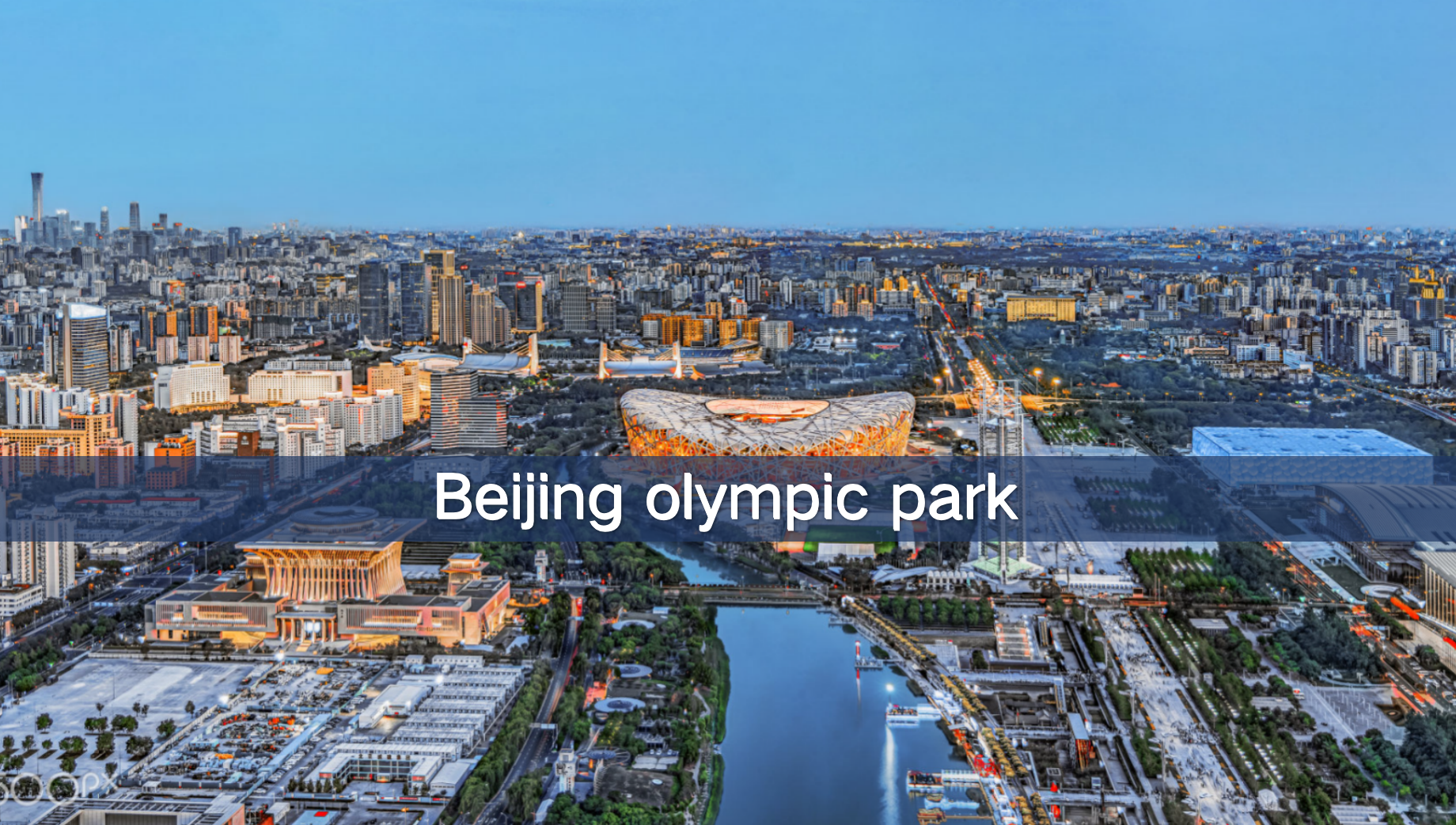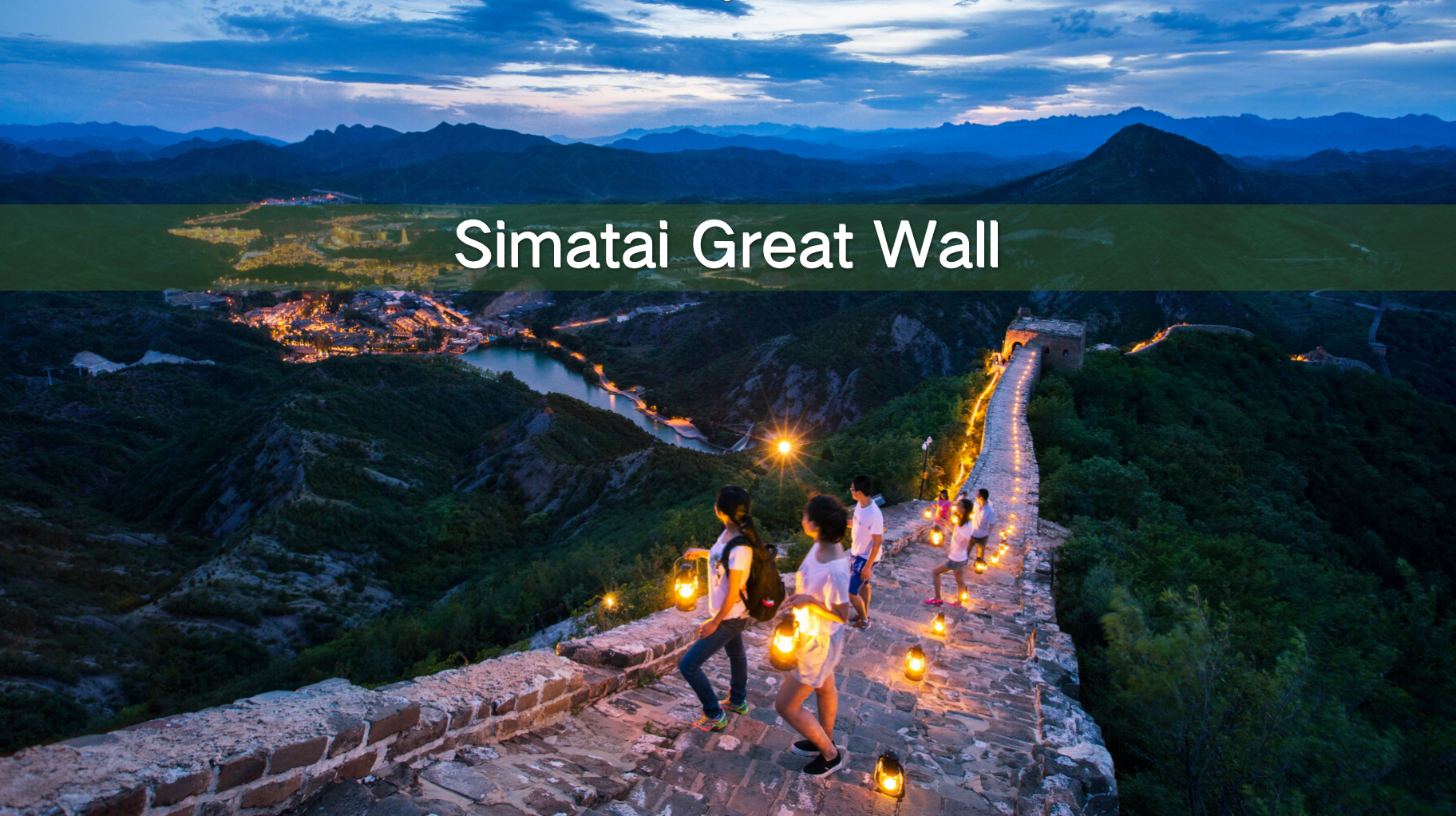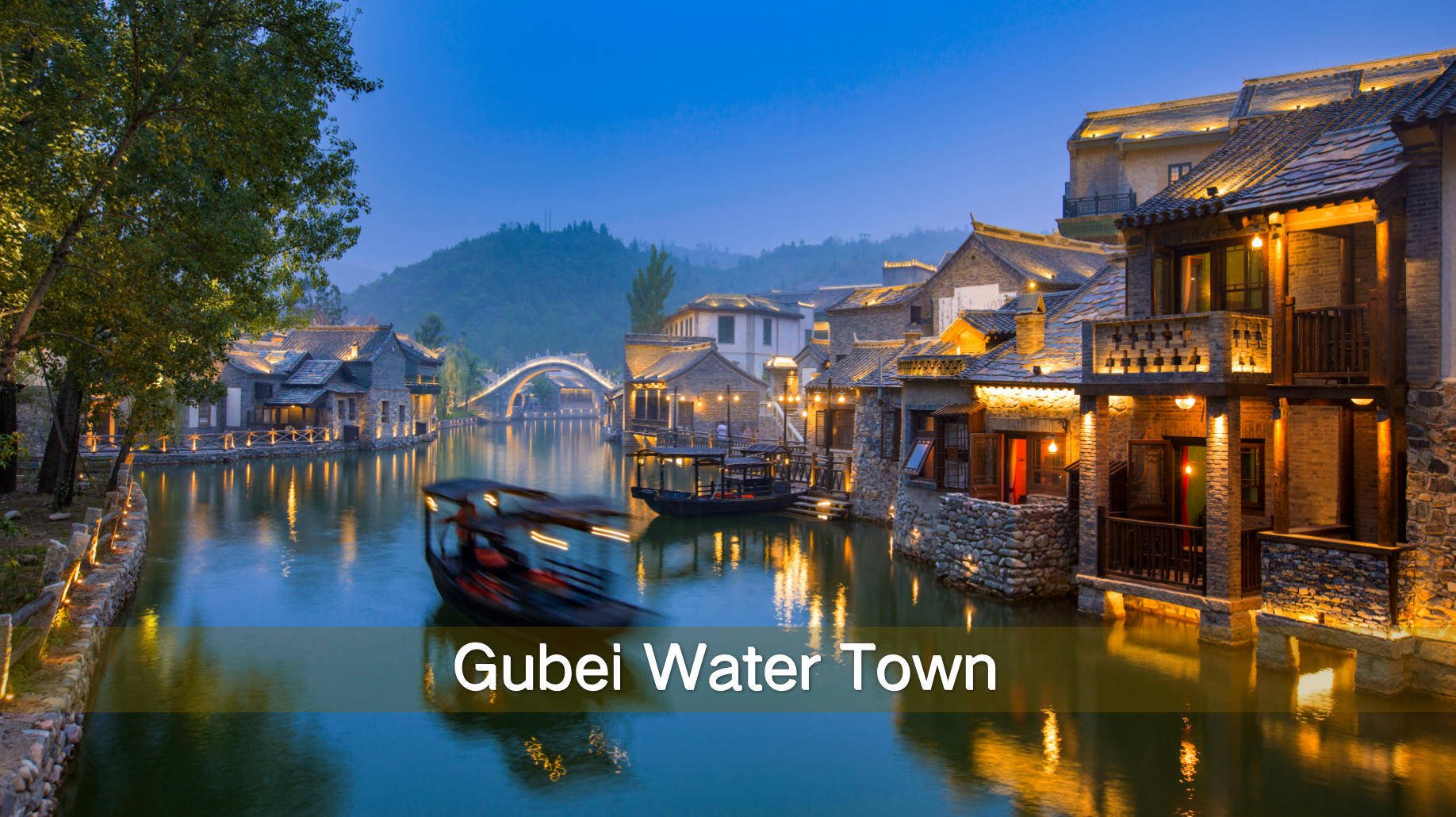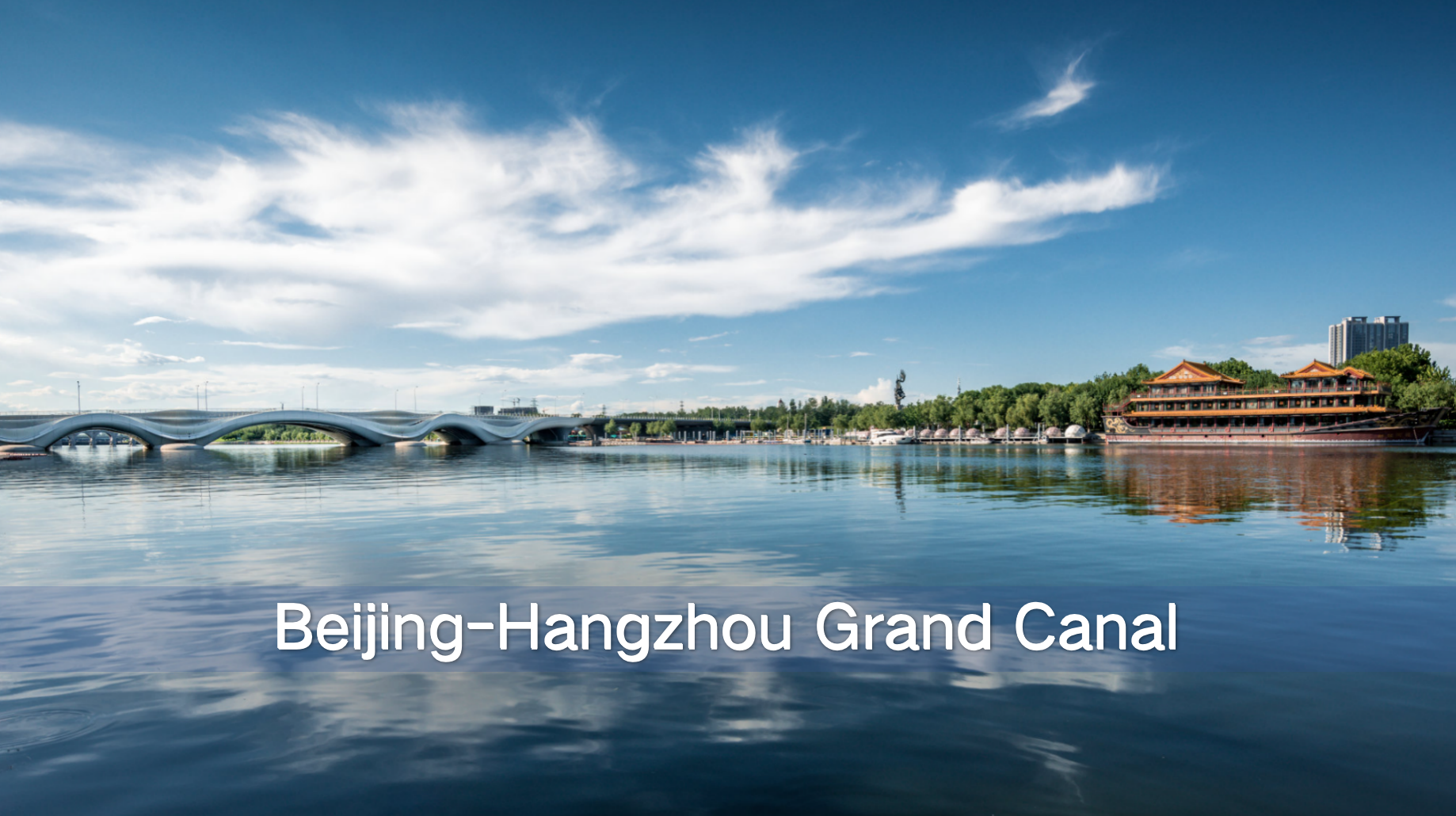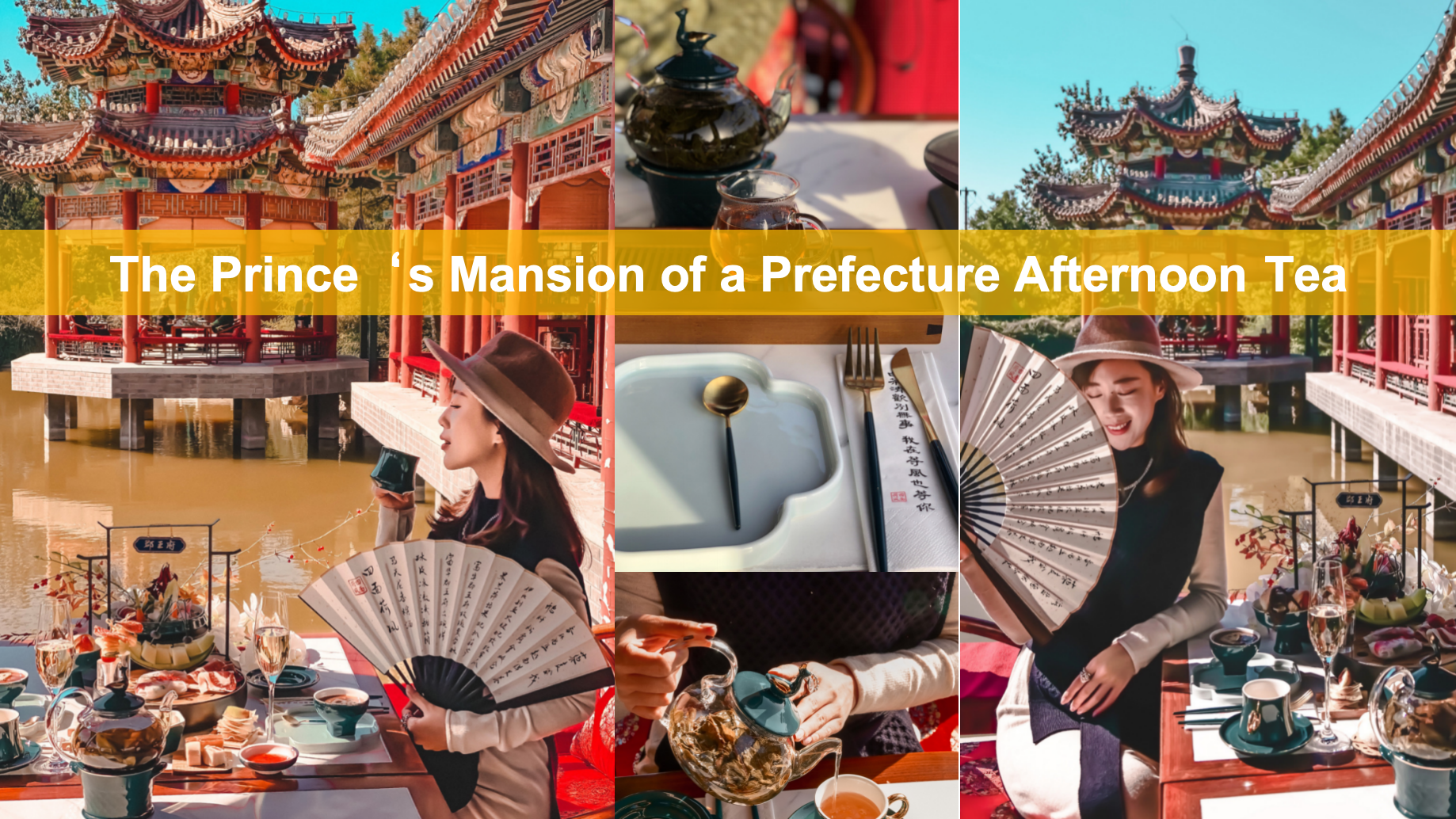Beijing has a long history as the ancient capital of China during the six dynasties, with a history of more than 3,000 years as a city and more than 860 years as a capital. Beijing has the charm of outstanding people and a beautiful land, where China’s splendid culture and art are gathered, leaving behind numerous famous historical sites and cultural landscapes.
On July 27, 2024, during the 46th session of the UNESCO World Heritage Committee held in New Delhi, India, a resolution was adopted to inscribe the “Beijing Central Axis: A Building Ensemble Exhibiting the Ideal Order of the Chinese Capital” into the World Heritage List. This addition marks Beijing’s latest World Cultural Heritage site, bringing the city’s total to eight.
The Beijing Central Axis, extending 7.8 kilometers from the Drum and Bell Towers in the north to Yongdingmen Gate in the south, serves as a timeless backbone traversing the ancient capital. It not only outlines the magnificent contours of historic Beijing but also profoundly embodies the deep wisdom and harmonious aesthetics of ancient Chinese urban planning.
Beijing has eight world cultural heritage sites, witnessing the profound cultural heritage of Beijing. The Beijing Central Axis is the latest addition to the world cultural heritage site in Beijing. The Beijing Central Axis is a north-south line, 7.8 kilometers long, that runs through the heart of the city, stretching from Yongdingmen in the south to the Bell Tower and Drum Tower in the north. It dates back to about 700 years ago and has been developed and refined over the centuries.
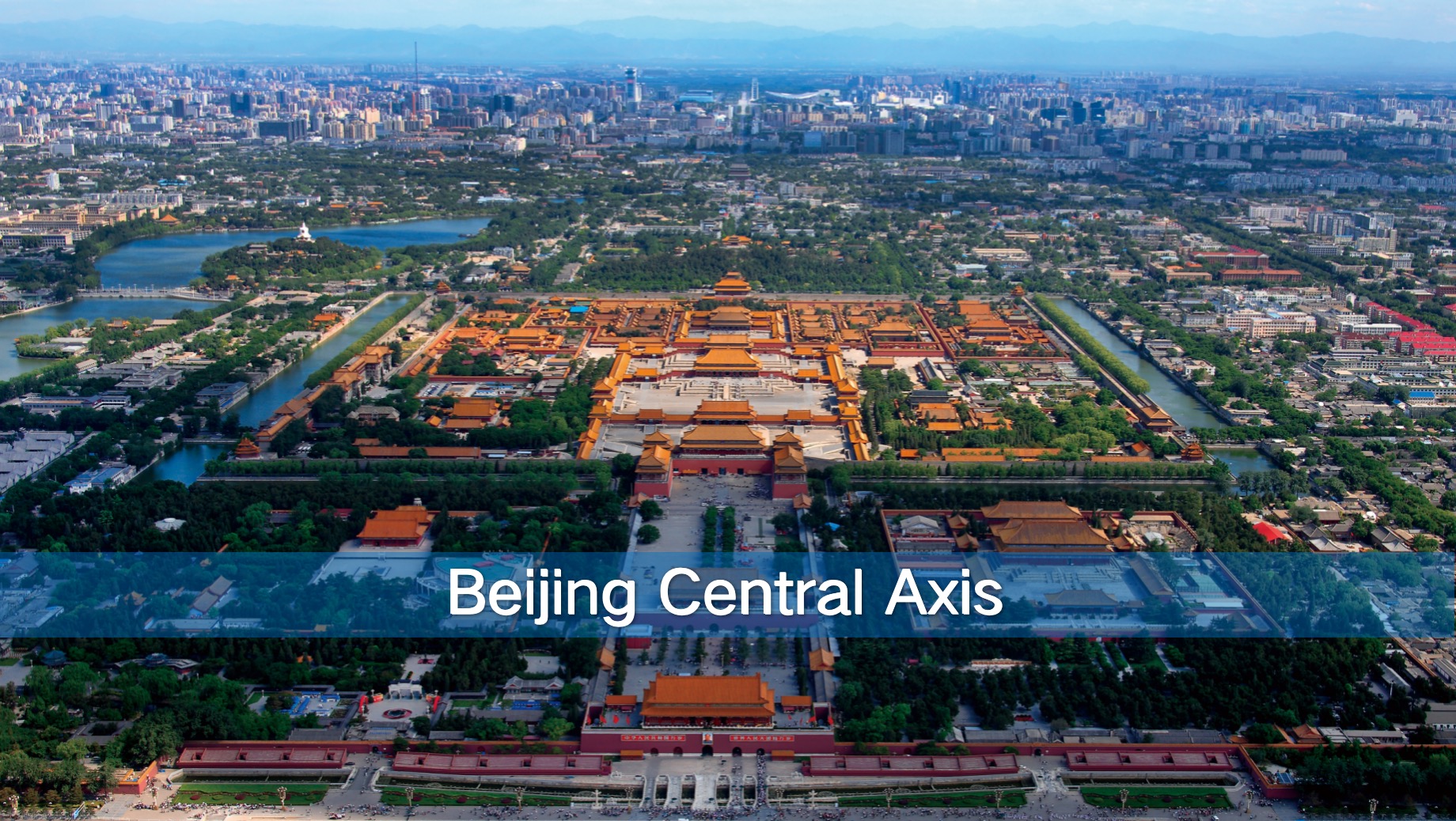
This axis is the backbone of Beijing’s urban layout. Along it, you can find a series of important historical and cultural buildings. The Forbidden City, the Temple of Heaven, the Temple of Agriculture, Wanning Bridge are also located on the axis.
The axis not only represents the traditional Chinese concept of symmetry and order in urban planning but also embodies the country’s political, cultural, and religious significance. It’s a tangible link to China’s imperial past and a crucial part of Beijing’s identity as a historical and cultural city. Even today, efforts are being made to preserve and enhance this important heritage site.
As China’s center for international exchanges, Beijing stands as an open, inclusive, and hospitable modern metropolis. Embracing the Confucian ethos of welcoming friends from afar, the city extends its warm hospitality to visitors worldwide.
Here, the interweaving of the ancient and the modern creates a dynamic tapestry – from the oldest historical structures to the trendiest contemporary districts; from serene former residences of notable figures to acclaimed performance theaters; from the fragrant halls of traditional Chinese medicine clinics to the exhilarating venues of the Winter Olympics.
Beijing has a profound historical and cultural heritage. Most of you know the Forbidden City, the Summer Palace and the Great Wall. But in Beijing many fresh and fun places are constantly emerging.
Although the Great Wall is a traditional tourist attraction, there are also new upgrades. For example, Simatai Great Wall and Mutianyu Great Wall have launched night tours. Besides, there’s a water town, Gubei Water Town at the foot of Simatai Great Wall.
Nowadays, Tourists could also appreciate beautiful scenery along the Beijing-Hangzhou Grand Canal in Beijing.
Beijing Universal Resort and Beijing Longfu Temple is very popular with young people. Especially Longfu Temple is the new cultural landmark in the old city of Beijing.













